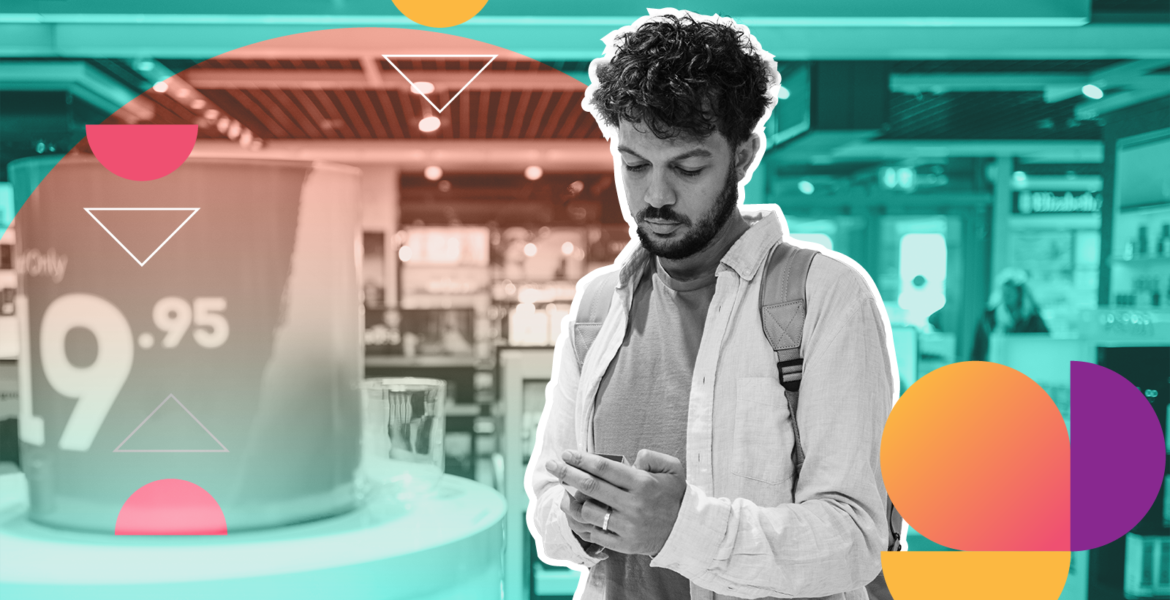By Cristy Garcia, CMO at Impact.com
Today’s consumer, more informed than ever, isn’t shopping for new products like they were a few years ago. Email, ads, TV, and mail no longer account for all the product discovery opportunities someone has today. New research from eMarketer and impact.com finds that 69% of consumers discover new products every week via a mix of online and in-person experiences.
For younger generations, most product discovery happens on social media, which has led many advertisers to focus their efforts on reaching audiences on these channels. But, product discovery is only part of the full customer journey, which is actually made up of an intricate web of touchpoints. EMARKETER and impact.com also found that people tend to engage with brands at least three times before buying and often do their due diligence of research before purchasing.
This means marketers must consider the full and multi-touch research journey and use strategies to guide consumers to valuable and trustworthy content. Creating a personalized marketing approach can be an effective way to capture that product discovery and turn it into a sale.
What Happens After Product Discovery
Younger social-first generations are also the most savvy purchasers. While there are certainly some opportunities for capturing impulse purchases on social media, advertisers should consider the journey shoppers take once they see a new product. Interestingly, while Gen Z is most likely to discover products on social media, they are highly likely to do research on their own before making a decision.
That’s where additional marketing strategies can make or break the buying decision. Shoppers will search for ratings and reviews, product details and comparative product information across the web.
Advertisers can help guide audiences with content that provides value in several ways:
- Personalization—Using past shopping data, search data, and behavioral data to deliver tailored messaging to audiences can make their experiences more relevant. Consider a personalized display ad that pulls in social content that they just saw placed next to relevant articles about the product. Advertisers can test messaging that includes discounts and relevant product imagery.
- Contextual targeting – Brands can target their advertising to sites featuring relevant content, including ratings and reviews, to appear adjacent to content that people might visit as they do more research.
- Affiliate marketing: Advertising within influencer and creator content can create a highly endemic and trusting experience for audiences that lifts their confidence and drives a sale.
Consider the Multichannel Experience
Consumers may discover products on social media and turn to search and websites for more information, but these actions aren’t taking place in a vacuum. For many shoppers, these experiences take place both online and out in their regular lives. Shoppers might see a review for a new vitamin supplement on their phone on the way home from work, ask a friend about it when they go out to dinner and search for the product on their laptop when they get home – only to purchase it in a store the next day. This hybrid nature of the customer journey is today’s reality and a good advertising approach considers every potential touchpoint and how to leverage it best.
For example, someone who has seen a social video and searched for an item on Google might receive a text for a coupon that can be redeemed online or in a store. A person who goes to an affiliate site and reads about a winter coat might get an offer for an extra discount if they post an image of themselves with the coat in content that provides social proof to other shoppers.
The Full Funnel Approach
Creating a full advertising funnel can be more complicated than launching a campaign for a single channel. The extra effort helps marketers connect more effectively with audiences and helps them learn about how the customer journey is connected, touchpoint by touchpoint.
Knowing that product discovery is only the first of many on- and offline touchpoints before purchase gives marketers the opportunity to meet consumers where they are, provide the right information at the right time, and ultimately drive higher conversions.








